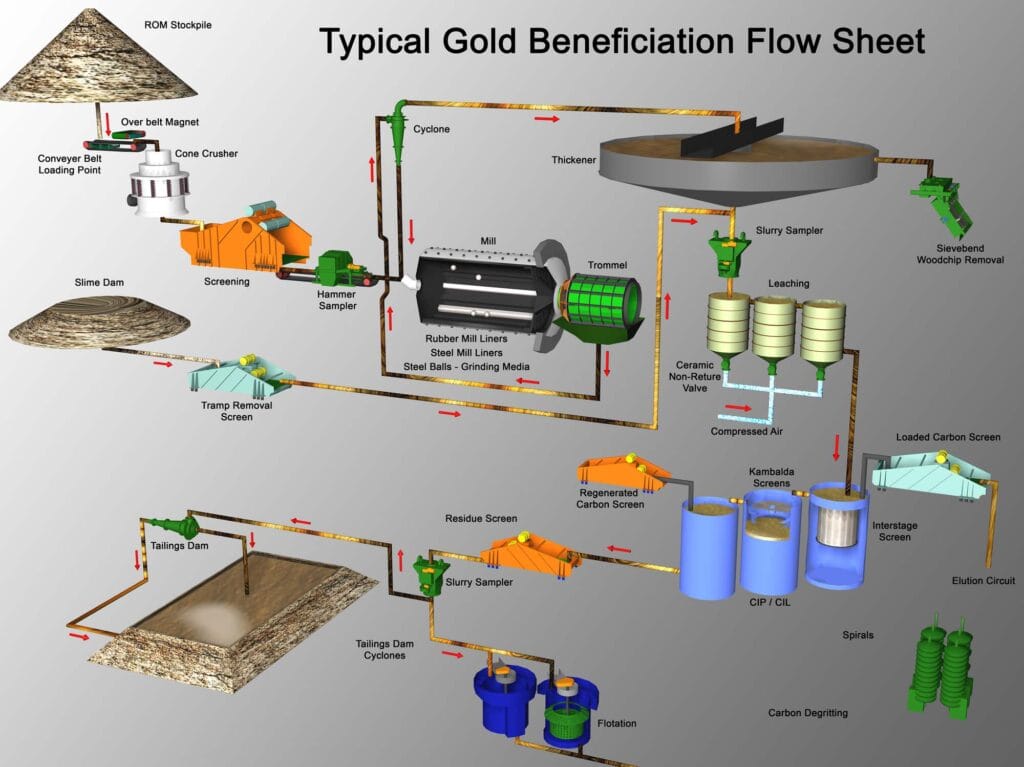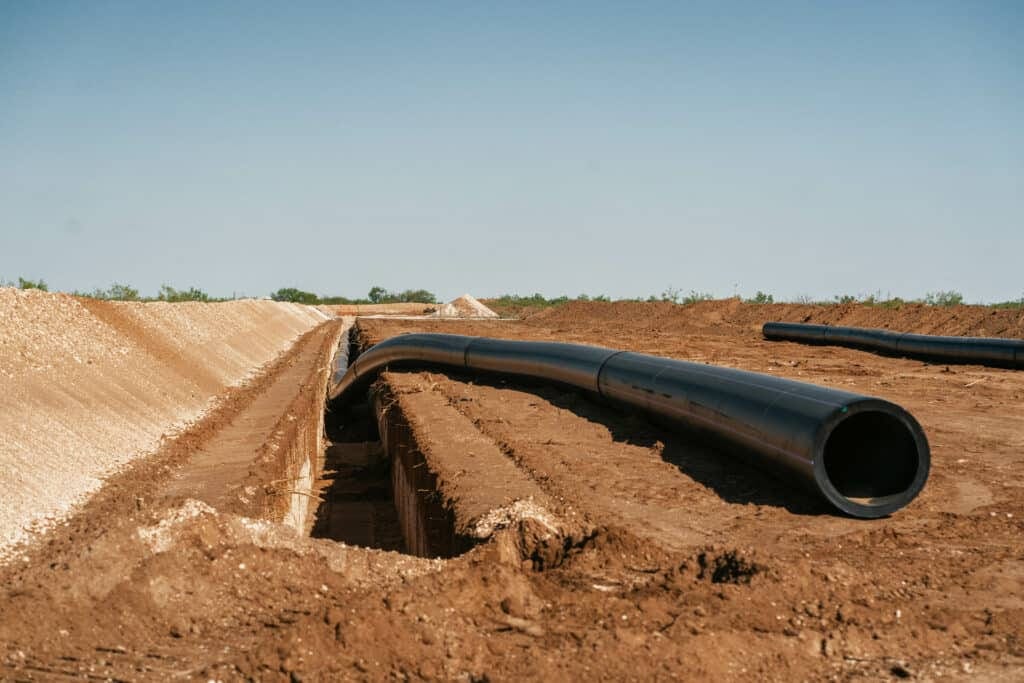Gold mining has been an integral part of human history, playing a critical role in the development of economies and societies. Revered for its rarity, brilliance, and malleability, gold has captured the interest of civilizations since ancient times. Over the years, the processes involved in gold mining have evolved significantly, driven by technological advancements, environmental considerations, and changing economic landscapes. In this post, we will explore the various stages of gold mining, from exploration to extraction and processing, while also examining its global distribution and the socio-economic implications tied to this precious metal’s procurement.

The Gold Mining Process
The gold mining process can be divided into several distinct stages, each of which is critical to the overall success of a mining operation. Below are the main phases involved:
1. Exploration
This initial phase involves identifying potential gold deposits. Modern exploration techniques incorporate geological surveys, geochemical analysis, and geophysical methods. Geologists employ advanced software and satellite imaging to analyze geological formations that are likely to harbor gold. Exploratory drilling is then conducted to collect samples, allowing companies to assess ore quality, quantity, and the feasibility of extracting gold economically.
2. Feasibility Study
Once potential gold-bearing sites have been identified, a feasibility study is carried out. This involves evaluating the mine’s economic viability, considering factors such as estimated production costs, market price volatility, regulatory compliance, and environmental impacts. Environmental assessments are crucial to ensure that mining operations comply with local laws regarding land usage and ecological preservation.
3. Development
Upon successful completion of the feasibility study, the development phase begins. This stage includes obtaining necessary permits, securing financing, and designing the mine infrastructure. Engineering teams create plans for site access, waste management, and processing facilities. This phase also involves community engagement and addressing concerns from local populations regarding potential environmental or social repercussions.
4. Extraction
Extraction is the most challenging and resource-intensive phase of gold mining. There are several methods used for extracting gold, primarily categorized into two types: surface mining and underground mining.
- Surface Mining: In areas where gold is located near the surface, techniques such as open-pit mining or placer mining are common. Open-pit mining involves removing large amounts of overburden (soil and rock) to access the ore beneath. Placer mining, on the other hand, extracts gold from alluvial deposits in riverbeds or streams, utilizing tools like pans, sluice boxes, and dredges.
- Underground Mining: When gold deposits are located deep underground, underground mining techniques, such as shaft and drift mining, are employed. These methods involve creating tunnels and shafts to reach the ore. Once accessed, the gold-bearing rock is blasted, removed, and transported to the surface for processing.
5. Processing
Following extraction, the ore must be processed to isolate gold from surrounding materials. The processing techniques used may vary based on the type of ore and the presence of other minerals. The most common methods include:
- Crushing and Grinding: The mined ore is crushed and ground to liberate gold particles from the rock matrix.
- Concentration: Various techniques such as gravity separation, flotation, and leaching (with chemicals like cyanide) are used to concentrate the gold. Gravity separation methods exploit the density differences between gold and other materials, while flotation employs surface chemistry to separate minerals based on their affinities to air bubbles.
- Refining: The concentrated gold is further refined, often using electrolysis or chemical processes, to produce high-purity gold bars or bullion.
6. Reclamation
Reclamation is a vital part of responsible mining practices. Once the extraction process is completed, companies must restore the land. This involves recontouring the landscape, replacing topsoil, and planting vegetation to rehabilitate the ecosystem. Effective reclamation minimizes environmental impact and supports sustainability in mining operations.

Global Distribution of Gold Mining
Gold mining is a global industry with significant operations across several continents. According to the World Gold Council, the top gold-producing countries include:
1. China
Leading the world in gold production, China boasts numerous mines, predominantly relying on both underground and open-pit mining techniques. The vast geographic diversity of China allows for gold mining in several regions, including Shandong, Henan, and Xinjiang.
2. Australia
Australia is known for its rich deposit of gold, particularly in regions such as Western Australia. The country employs advanced mining technologies and sustainable practices, becoming a hub for innovative mining methods and investment.
3. Russia
Russia ranks among the largest gold producers globally. The country’s vast territory is rich in mineral resources, most notably in Siberia and the Far East. The Russian government’s focus on developing the mining sector positions it as a significant player in the gold market.
4. United States
The United States has a long history of gold mining, with notable states such as Nevada and Alaska leading production. Gold mining in the U.S. involves both open-pit mining and underground mining, and companies are increasingly adopting environmentally responsible practices.
5. Canada
Canada is renowned for its high-quality gold reserves. Regions like Ontario and Quebec are rich in mining activities, often employing sophisticated technologies to improve efficiency and reduce environmental impact.
6. South Africa
Historically one of the largest gold producers, South Africa is famous for its deep-level mines. Although production has declined in recent years due to economic challenges and resource depletion, the country remains a significant player in the global gold market.
Socio-Economic Implications of Gold Mining
While gold mining contributes substantially to economic development, it also presents challenges that must be addressed. Employment generation, infrastructure development, and export revenues are some of the benefits associated with mining. However, issues such as environmental degradation, land displacement of local communities, and health concerns related to mining activities must be carefully managed.
In recent years, there has been a growing emphasis on sustainable mining practices. Striking a balance between economic gain and environmental stewardship is critical for ensuring that future generations can benefit from gold resources without compromising ecological integrity.
Conclusion
Gold mining is a complex and dynamic process that has evolved over centuries. From exploration and extraction to processing and reclamation, each stage plays a role in the successful and responsible acquisition of this valuable resource. As gold continues to hold significant cultural and economic importance globally, understanding the intricacies of gold mining and its distribution can help stakeholders make informed decisions regarding its future. By embracing sustainability and innovation, the gold mining industry can continue to thrive while minimizing its impact on the environment and communities around the world. dcpipe pipeline expert

